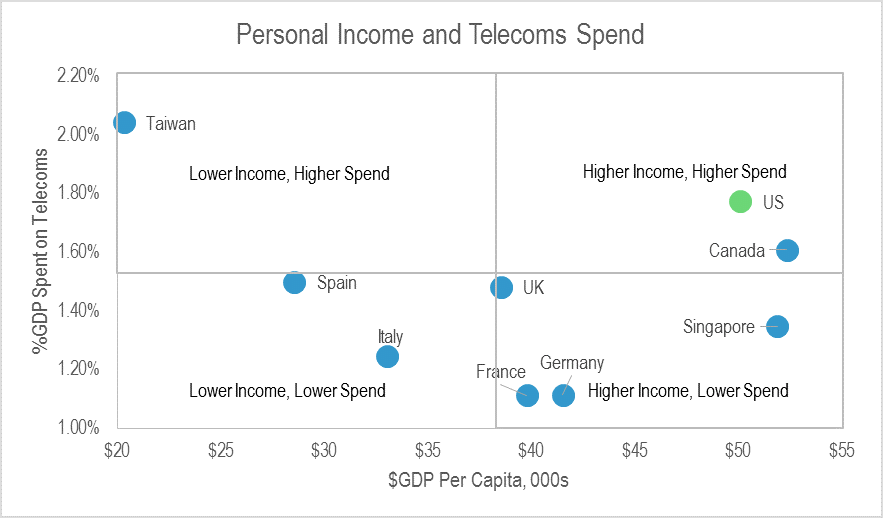
Convergence, coexistence or competition: How will 5G and Wi-Fi 6 interact?
As standards for Wi-Fi and cellular become increasingly entwined, there has never been a greater technical possibility for convergence. This report explores the market view of future convergence from both supply and demand side perspectives.


